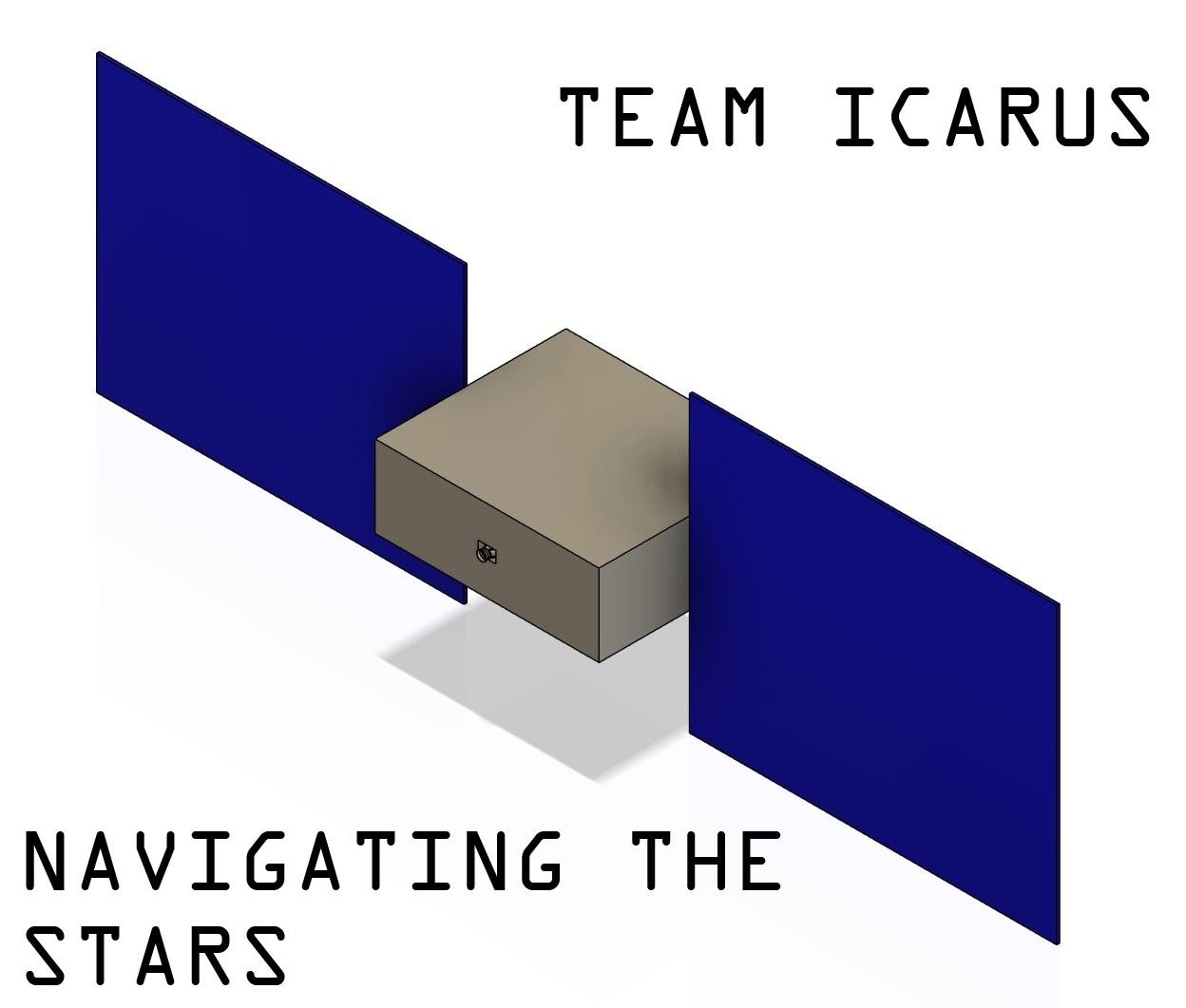Project Description:
The Global Positioning System (GPS) is a satellite constellation designed to provide instantaneous and precise location information for private/public, commercial, and military users. A new generation of GPS satellites must be deployed to ensure the United States has a strategic advantage and better positioning, navigation, and timing. This is especially true in a period of heightened tensions with near-peer adversaries. The team was split into different groups to tackle the endeavor in sub systems. These subsystems included: Microwave Source, Traveling Wave Tube Microwave Amplifier, Waveguide and Tuner subsystem, Microwave Antenna, and finally the Power and Cooling subsystem. The GPS satellite was theoretically proofed with relevant calculations, simulations with Computer Aided Design (Autodesk Fusion 360), MATLAB, and Ansys Maxwell 3D and 2D Electro-physics simulation software. Research and calculations showed that a transistor RF source, combined with a Traveling Wave Tube would produce the microwaves, while a system of rectangular waveguides, tuners, and couplers would be the intermediary transmission. A conical horn shaped antenna would act as an adequate antenna to produce a desirable directivity. The power supply would be from a large solar panel array supplementing a Lithium based battery system.
